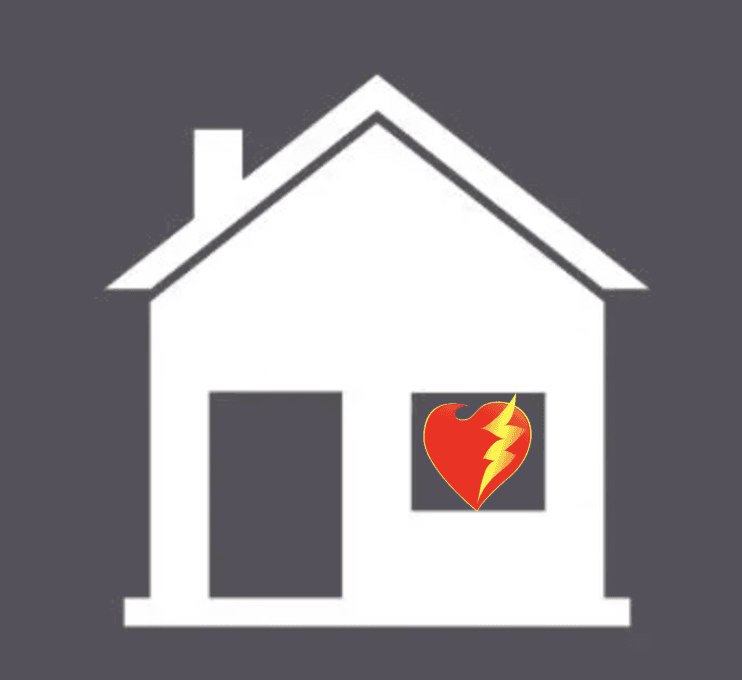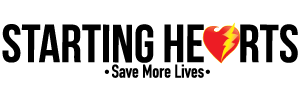
What is an AED?
AED is the name for an automated external defibrillator. They are lifesaving, easy-to-use devices that play a critical role in out-of-hospital cardiac arrest and are designed to be used by citizen bystander rescuers.
AEDs automatically recognize shockable heart rhythms (like ventricular fibrillation and ventricular tachycardia) and deliver an electric shock to help restore a normal rhythm. They are intentionally designed with step-by-step voice and visual instructions so that even untrained individuals can use them in emergencies.
Why You Should Consider an AED at Home
Having a Defibrillator at home can be lifesaving because sudden cardiac arrest (SCA) often strikes without warning and most commonly occurs at home – in fact, 74% of all sudden cardiac arrest occur within the home.
Who Should Buy One?
AEDs are especially important for individuals with known heart conditions, cardiac arrhythmias, a family history of sudden cardiac death, survivors of prior SCA or heart attack, and people with risk factors such as high blood pressure, diabetes, smoking, obesity, or a sedentary lifestyle. In these situations, owning a personal AED offers not only preparedness and reassurance, but also the ability to act immediately in a life-or-death emergency.
For home use, an AED should be placed in a location where it can be reached quickly and easily in an emergency with good visibility, it should always be kept in the same place to avoid confusion and should be travel friendly. The goal is to make sure the AED is always easy to grab quickly, since every second counts in sudden cardiac arrest.
Safety Precautions When Using an AED
When keeping an AED at home, ensure it is always visible, accessible, and in working order by regularly checking the battery, pads, and device status. During use, place the pads correctly on a bare dry chest, avoid contact during shock delivery, and follow the AED’s voice instructions closely. Use pediatric pads or child mode for children if available and never delay calling 911. After use, keep the pads in place until professionals arrive and restock supplies promptly. Most importantly, only use an AED if the person is unresponsive and not breathing normally, and train household members in basic CPR and AED use for the best outcomes.
An AED isn’t just a machine - it’s peace of mind. It’s the reassurance that if the unthinkable happens, you won’t be helpless. You’ll be ready to step in, to act, to give someone another chance at life.
That’s why we should start seeing AEDs as a normal part of our homes, just like a fire extinguisher or a first aid kit. Let’s talk about them openly with our families, let’s show our kids how simple they are to use, and let’s remove the fear around them. Saving a life shouldn’t feel out of reach, it should be something any of us can do.
